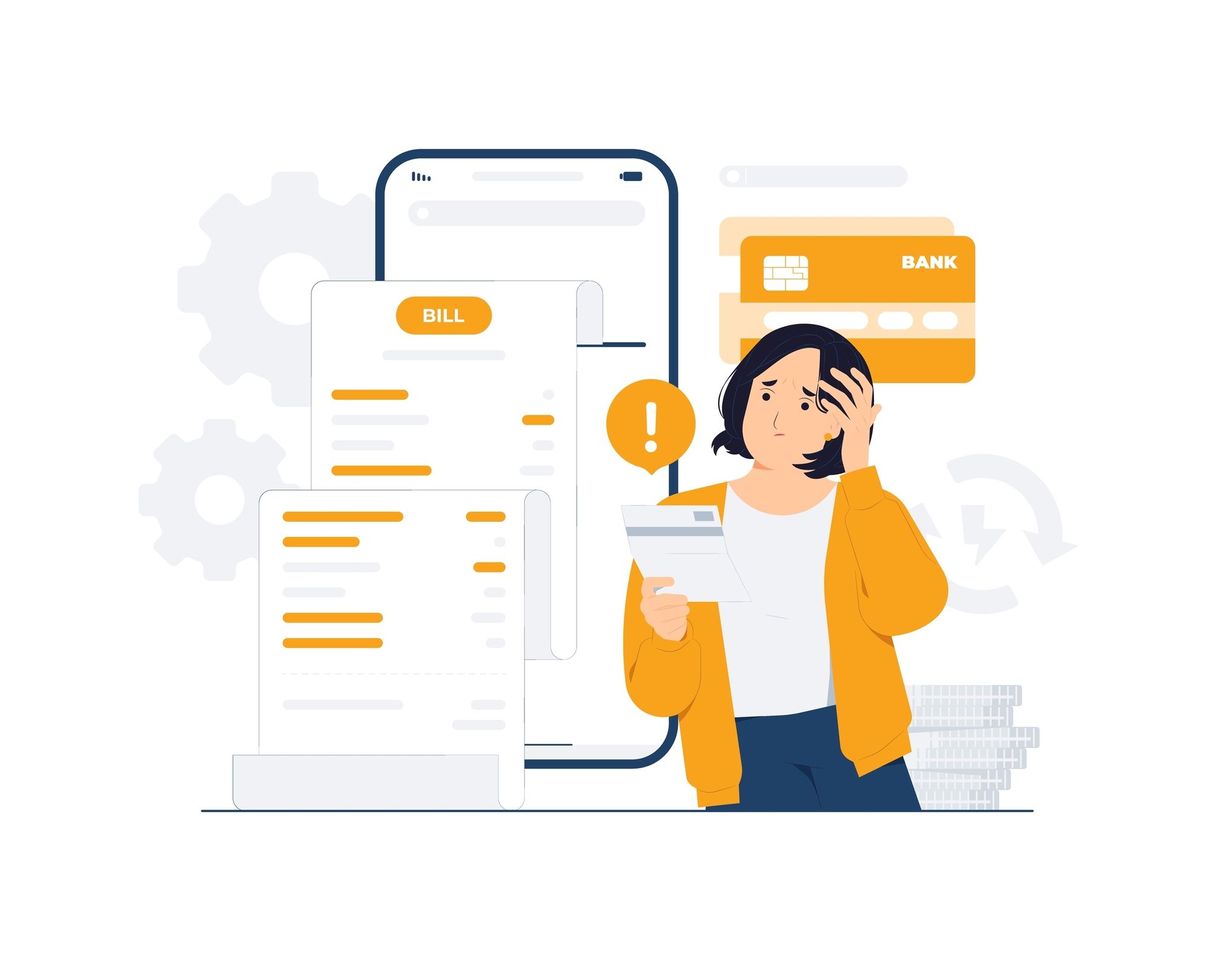Simplify, Save, Succeed: The Art of Debt Consolidation

Dealing with multiple debts can be overwhelming and financially draining. The constant juggling of due dates, interest rates, and various creditors can take a toll on your mental and emotional well-being. Enter debt consolidation – a powerful financial strategy that not only simplifies your financial life but also sets you on the path to saving money and achieving your financial goals. In this post, I'll delve into the art of debt consolidation, explore its benefits, and provide a real-world example of common debts that can be consolidated for a brighter financial future.
Understanding Debt Consolidation: A Brief Overview
Debt consolidation involves merging multiple debts into a single, manageable loan or line of credit. Instead of dealing with several payments to various creditors, you make one consolidated payment each month. This not only streamlines your payments but can also lead to potential cost savings.
Benefits of Debt Consolidation
- Simplified Finances: Imagine the relief of having just one payment to worry about each month. Debt consolidation simplifies your financial life by reducing the number of creditors and due dates you need to manage.
- Lower Interest Rates and Reduced Monthly Payments: High-interest debts, such as credit card balances, can accumulate quickly, making it challenging to make any meaningful progress in paying them off. Debt consolidation is all about finding a better rates to minimize your interest, which means more of your payment goes toward reducing the principal. This result will be a lower overall monthly payment. This can free up some breathing room in your budget, allowing you to allocate funds to other financial goals or necessities.
- Improved Credit Score: Timely payments on your consolidated loan can positively impact your credit score. Plus, if you use debt consolidation to pay off your credit card balances, by reducing the number of open credit lines, you can potentially improve your credit utilization ratio.
Example: Consolidating Debts

Consider a scenario where Sarah, a young professional, is dealing with the following debts:
- Credit Card A: $5,000 balance at 18% APR
- Credit Card B: $3,000 balance at 22% APR
- Personal Loan: $10,000 balance at 12% APR
With a total debt of $18,000, Sarah's monthly payments and interest charges are making it difficult for her to save or invest for her future.
By opting for debt consolidation, Sarah can:
- Combine all three debts into a single loan with a lower interest rate.
- Secure a fixed interest rate that's lower than the average of her current rates.
- Reduce her monthly payment to a more manageable amount.
Calculating Sarah's Potential Savings
Before consolidation, Sarah is paying a total of $2,760 per year in interest on her individual debts. Now, let's see how much Sarah would save through debt consolidation with a single loan at a 10% interest rate.
Debt Consolidation Loan:
Total Debt: $18,000 Interest Rate: 10%
Interest Payment with Consolidation Loan: $18,000 * 0.10 = $1,800 per year
Savings from Debt Consolidation: $2,760 - $1,800 = $960 per year
By consolidating her debts with a single loan at a 10% interest rate, Sarah would save a significant $960 per year on interest payments. This newfound savings can be a game-changer for her financial journey, allowing her to redirect these funds towards accelerating debt payoff, building an emergency fund, investing, or achieving her other financial aspirations.
Final Thoughts
Debt consolidation is more than just a financial strategy – it's an art that empowers you to take control of your finances, simplify your life, and work towards a debt-free future. If you are in debt, it's important to understand what kind of debt you are in and how you can utilize better products to consolidate the debt to reduce the overall financial pressure. You can check out how borrowing products compare in the Interest Rate Rankings. We just launched this page (it's updated monthly!). If you are already using more lean borrowing products, remember that you can still refresh rates when it comes to debt and look for an opportunity to swap your debt into a better rate if the math checks out.
If you found this article helpful and informative, please consider subscribing to our newsletter! Receive regular updates on financial tips, strategies, and insights straight to your inbox.
